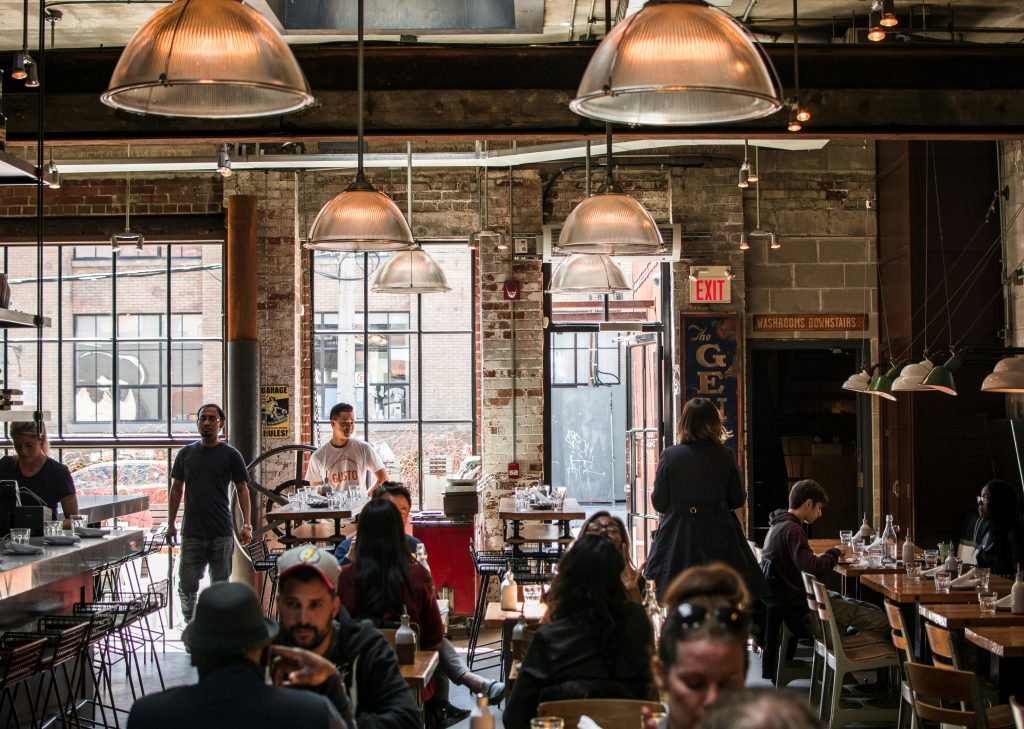What Should You Iron Out Before Opening a New Restaurant?
Last Updated on December 19, 2024

Opening a restaurant is an exciting opportunity, but it’s also a complex one. From crafting your concept to managing logistics, every decision shapes the success of your business. If you’re thinking about stepping into the food industry, here are six crucial details to tackle before cutting the ribbon on your new eatery.
Defining Your Niche is the First Step
The restaurant world is crowded, and standing out starts with knowing exactly who you are and what you’re offering. Are you creating a cozy gluten free or Paleo restaurant, or a swanky cocktail bar with fusion small plates? Defining your niche not only helps you clarify your vision but also identifies your target audience.
Understanding your concept also means highlighting what makes you different. Maybe it’s an innovative menu, a focus on sustainability, or a unique dining experience. Whatever it is, it should resonate with your brand and create a buzz that sets you apart from the competition. Your niche isn’t just a detail—it’s the heart of your restaurant.
Handle Fryers Without Frying Your Business
If your menu features anything fried, managing your cooking oil is going to be a big part of your operations. Following best practices for restaurant oil recycling, is not only environmentally responsible but it’s also a cost-saving measure. Improper disposal can lead to fines, damage your reputation, and hurt the planet.
Recycling oil keeps your kitchen running efficiently and aligns with modern sustainability standards that customers value. Whether you’re frying up golden chicken tenders or tempura vegetables, knowing how to handle your oil safely and sustainably ensures that you’re operating a responsible and profitable kitchen. Don’t overlook this critical detail—it could save you headaches and money in the long run.
Your Menu is More Than a List of Dishes
Your menu is your restaurant’s calling card, and it does far more than tell diners what to order. It reflects your brand, sets expectations, and even influences customer spending habits. Crafting the perfect menu means balancing creativity with practicality—offering enough variety to please your audience without overwhelming your kitchen staff.
Consider how dishes complement one another and the overall dining experience. Pricing should align with your market, factoring in food costs, labor, and profit margins. A well-designed menu also guides customers toward signature dishes or high-margin items, making it both a marketing tool and a roadmap for success. Don’t just write a menu—design one that works for you.
Your Location Shapes Your Success
“Location, location, location” isn’t just a cliché—it’s a make-or-break factor for restaurants. Choosing the right spot involves more than finding a space that fits your aesthetic. You’ll need to consider foot traffic, parking, visibility, and proximity to your target audience.
Think about the type of customer you want to attract. Are you in a bustling downtown area catering to business lunches or a suburban neighborhood ideal for family dinners? The right location connects you to your community and enhances your concept, making it easier for your restaurant to thrive. This is a detail that deserves careful research and planning.
Systems to Keep Your Restaurant Running Smoothly
Behind every successful restaurant is a set of efficient systems that keep the chaos under control. From inventory management to payroll, having the right processes in place ensures that your team can focus on delivering a great customer experience. Technology can be your best friend here, offering tools for everything from reservations to supply orders.
Staff training is also part of this equation. Well-trained employees who understand your expectations and systems create a seamless operation that feels effortless to customers. Whether it’s how orders flow from the front of the house to the kitchen or how payments are processed, smooth systems make the difference between a good restaurant and a great one.
Create an Atmosphere That People Remember
While great food is essential, the ambiance of your restaurant is what brings people back. From lighting and music to decor and seating arrangements, every detail contributes to the mood you want to create. A cozy cafe will feel different from a high-energy sports bar, and your design choices should reflect your brand and target audience.
Consider how every element—from the color scheme to the table settings—tells a story about your restaurant. Customers often choose where to eat based on how a place makes them feel, so investing in atmosphere is just as important as perfecting your menu. A memorable experience isn’t just about food—it’s about how people feel while they’re there.






